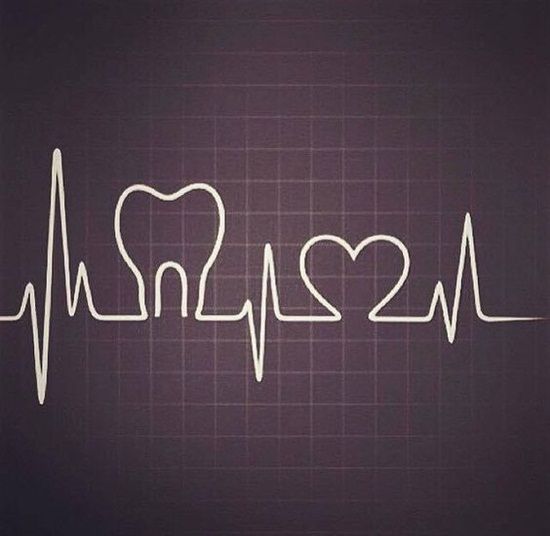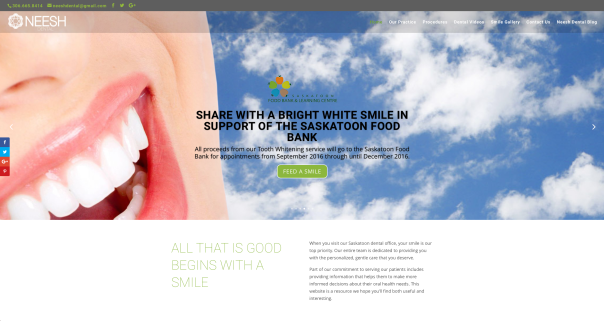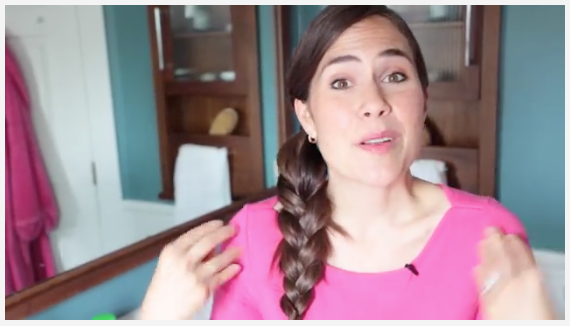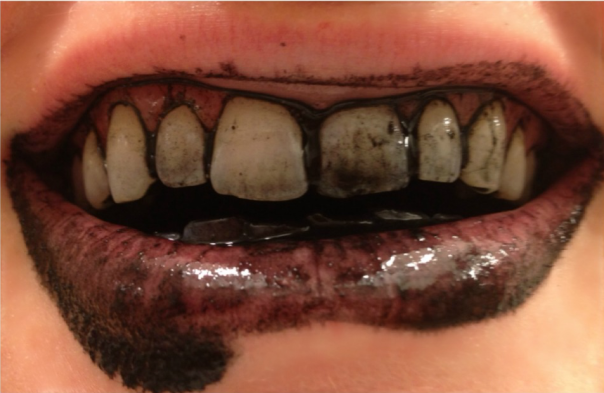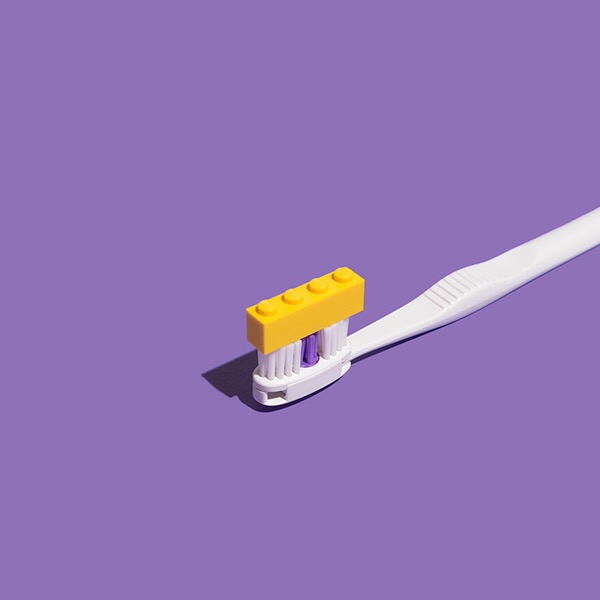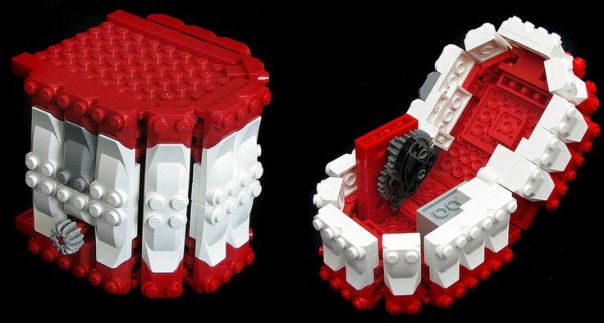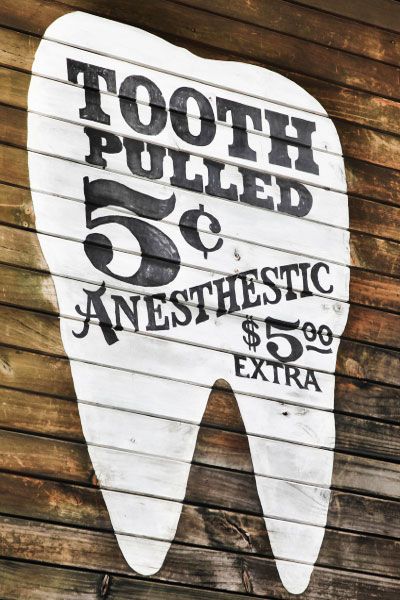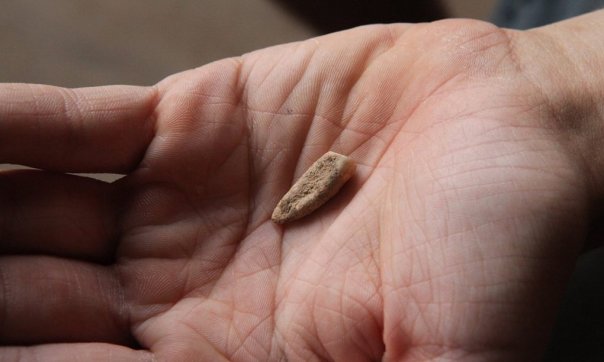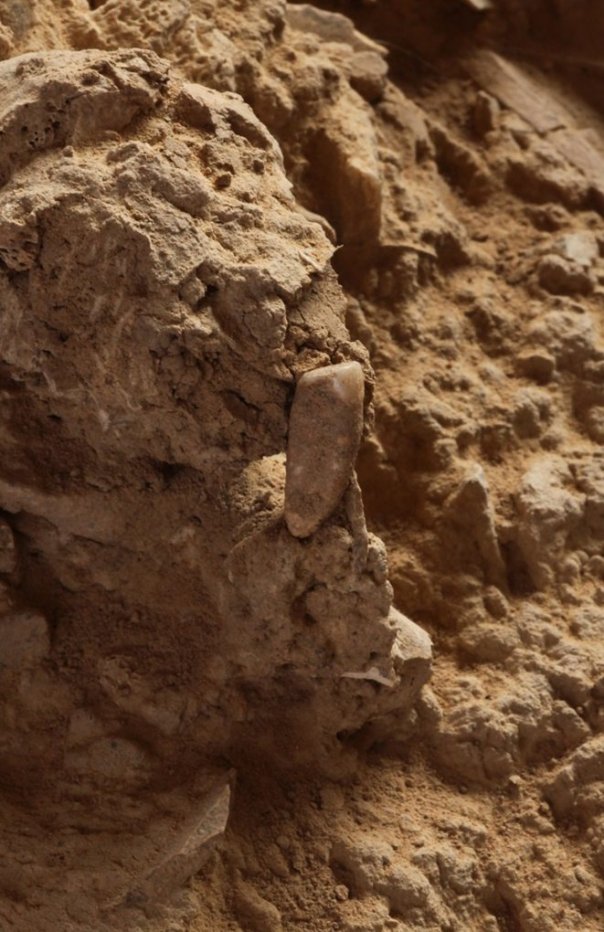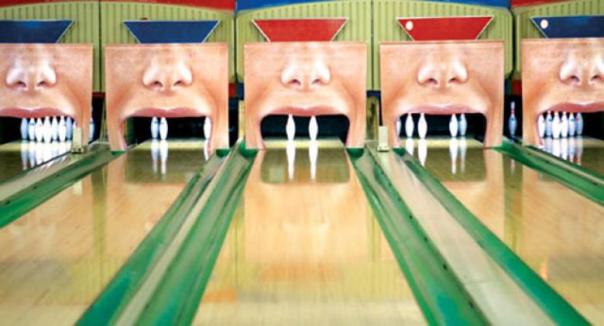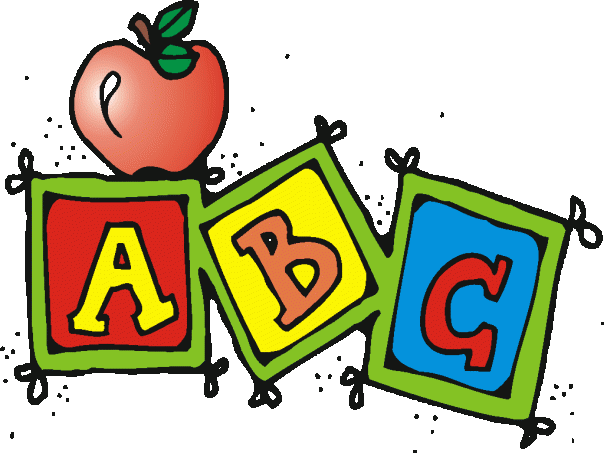
It’s the most wonderful time of the year… well, at least it is for parents … Back to school!
And while you rejoice in rushing your little ones out the door … books, pencils and jackets in tow … you’ll want to make sure to pack them a healthy and tooth-friendly lunch; one that will help keep those cavities at bay.
Nutrient-rich foods not only fuel those busy bodies and brains, but they also help in the development of teeth and gums! And just as the rest of your body needs a variety of vitamins and minerals to grow healthy, your teeth and gums do, too, to avoid decay, gum disease, plaque, periodontal disease and cavities.
The top super-fighting vitamins and minerals to focus on are calcium and vitamin D. Calcium strengthens tooth enamel while vitamin D helps in calcium absorption. Vitamins A and C and minerals such as phosphorous and magnesium are also great to consume.
What you want to avoid are foods high in carbohydrates, sugars and starches as they help create plaque acids that attack the tooth enamel, which will eventually cause tooth enamel to break down, forming a cavity.
So, what are some great tooth-friendly choices that are sure to be a hit with your children and dentist?
Help Them Keep That Lovely Smile
Calcium-Rich Foods
Cheese, milk and yogurt give your teeth and jaw bone the strength they need. Studies show that cheddar cheese and milk also help to neutralize acid that is created by bacteria.
Crunchy Bacteria Fighters
Fruits and veggies like carrots, celery and pears require you to chew more which, in turn, creates more saliva and helps to kill the bad bacteria in your mouth. There’s a reason why apples are nature’s toothbrush!
Vitamin ABC’s
Look for foods that are high in vitamins A, C and D to keep gums healthy and aid in the absorption of calcium and protein … two key ingredients needed to make strong teeth. Oranges, kiwis, red peppers, tuna and hard-boiled eggs are both kid and dentist approved.
Protein Power
Easy sources of protein can include chicken, turkey or ham deli slices, or even an always-good-for-you bowl of chicken soup. These protein-rich foods help build tooth enamel.
Wondrous Water
Just like us adults, your kids shouldn’t be drinking their calories, either. Make sure to pack them water as their beverage. Water helps rinse away bacteria and food leftovers in the mouth to keep it clean; plus, it keeps the mouth moist to prevent bad breath. Don’t be tempted by labels that read 100% pure fruit juice … they tend to carry far more sugar then you’d think. If your children refuse to drink water, try infusing it with their favorite fruit, or as a last resort, water down their juice.
Packing healthy, tooth-friendly lunches is just one way of establishing good oral habits. You also want to make sure your child is still brushing their teeth at least twice a day and flossing, especially at bedtime. And continuing with regular check-ups with their dental professional.

